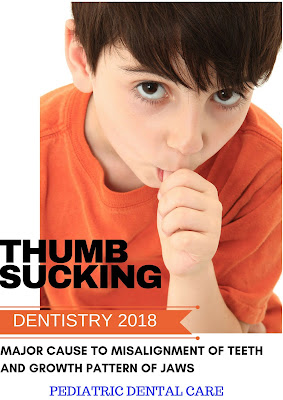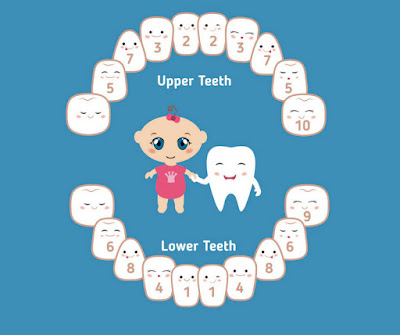ORAL CANCER
Cancer is defined as the uncontrollable growth of cells that invade and cause damage to surrounding tissue. Mouth cancer, or oral cancer, can occur anywhere in the mouth, on the surface of the tongue, the lips, inside the cheek, in the gums, in the roof and floor of the mouth, in the tonsils, and in the salivary glands can be life threatening if not diagnosed and treated early. Mouth cancer occurs when cells on your lips or in your mouth develop changes (mutations) in their DNA. These mutations allow cancer cells to continue growing and dividing when healthy cells would die. The accumulating abnormal mouth cancer cells can form a tumor. With time they may spread inside the mouth and on to other areas of the head and neck or other parts of the body. Factors that can Increase the cause of mouth cancer includes: Tobacco use of any kind, including cigarettes, cigars, pipes, chewing tobacco and snuff, among others Heavy alcohol use Excessive sun exposure to...




